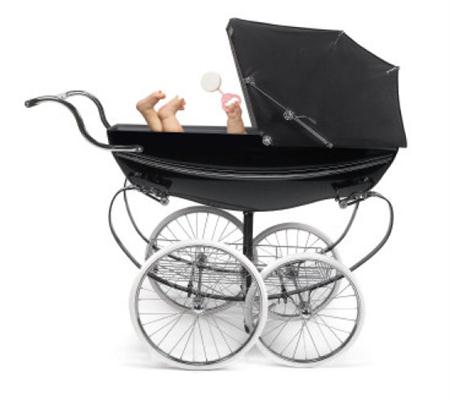20
2011
Who Invented Baby Carriage
The baby carriage was invented by an English architect named William Kent in the year of 1733. William Kent was appointed by the third Duke of Devonshire to design a carriage for his children. He designed the carriage with a harness that could be easily pulled by an animal such as a dog or a goat. It was a shell shaped buggy with attached springs especially designed for a comfortable ride for the children.
The Baby carriage rapidly gained popularity among the wealthiest circles of Europe. After Queen Victoria bought three baby carriages in the year 1840, it became a status symbol of the rich and elite. However, the traditional buggy was not as safe and functional as the modern day prams.

Later in the year 1889, William H. Richardson patented an improved version of the baby carriage which incorporated features present in the modern strollers. He was first to design the reversible baby carriages. The design of the carriage featuring a joint in the centre allowed for the basinet of to be turned towards the person pushing it. The carriages manufactured up till now did not offer easy mobility while turning in a different direction as the wheels could not move independently of one another. Richardson improvised on this aspect by introducing axles on the wheels. As a result his carriage could spin a full 360 degree with much ease and also occupying a smaller turning area.

 An article by
An article by 




